Boeing EC-135C Looking Glass USAF
Production Time 9 to 10 weeks
Shipment is by FedEx, UPS or DHL International Express Courier with a normal door-to-door delivery time worldwide of within 2-3 business days after dispatch. Due to the current volatility of world fuel prices, the amount mentioned here is our best estimate for DHL and UPS and may be subject to change at the time of shipping.

Model Description: Boeing EC-135C Looking Glass USAF Wood Replica Scale Custom Model Jet
Manufacturer: Boeing Corporation
Wingspan: 16.3 Inches (41.4 Centimeters)
Height: 5.2 Inches (13.2 Centimeters)
Scale: 1:96
Registration: 38049
$239.50
Production Time 9 to 10 weeks
-
United States dollar ($)
-
Pound sterling (£)
-
Euro (€)
-
Australian dollar ($)
-
Canadian dollar ($)
-
Singapore dollar ($)
-
Swiss franc (CHF)
-
Japanese yen (¥)
-
Danish krone (kr.)
-
Hong Kong dollar ($)
-
Norwegian krone (kr)
-
Swedish krona (kr)
-
United Arab Emirates dirham (د.إ)
General Product Description
Our PlaneArt Boeing EC-135C Looking Glass USAF model exhibits unique, unrivaled quality and detailed design to come as close as possible to the accuracy of the actual plane. It comes as standard with a robust, durable base or stand which is available in a variety of different finishes designed to match your own personal requirements including solid wood, wood with polished metal supports or adjustable wood wall mount and will be ready within about 9-10 weeks from placement of order.
The Boeing EC-135C Looking Glass USAF model is made of the finest kiln dried renewable mahogany wood (commonly known as Lauan or Meranti) which has undergone many stages of carving and meticulous and careful sanding giving the beautiful, finished museum quality masterpiece. Many collectors and model connoisseurs demonstrate their preference for genuine handmade and hand painted mahogany wood models rather than plastic or die cast (diecast) alternatives due to the overall look and totally different feel of the item - we trust you will find the same. We can however, if required produce the same model in Solid Cast Resin so just click and contact us for further information. Our craftsmen and gifted artisans ensure that our finely handcrafted model airplanes match the precise blueprint details of the original aircraft. The paint scheme, markings and parts are closely matched, reflecting the original aircraft. This stylish top-quality desktop replica model will surely enthrall anyone who receives this as a gift and for sure one of the most appropriate and desirably collectable gifts for any aviation enthusiast or avid military jet aircraft collector whilst also displaying a perfect resemblance to the actual real life version.
There are many types of military jet aircraft, but the basic types are bombers, fighters, fighter bombers, spotter planes, transporters, patrol aircraft, trainers, and reconnaissance and observation aircraft. All these types of aircraft are used for different types of missions. If you're a fan of historic or present-day military aviation, our model aircraft will bring the excitement and character of these aircraft right into your own home.
If you require, we can also make the Boeing EC-135C Looking Glass USAF model in any other military, government or even private livery or colour scheme you require and if necessary, in a different size or scale. Just click here to contact us with a description or photographs of what you require, and we will let you have a quotation for the necessary customization by return email. We can also make bespoke scale replicas of any other private / civil commercial airliner or airliners, helicopter, glider, gliders with engines, military propeller, warplane jets, biplane, triplane, tail fin, spacecraft, rocket or NASA model you require in any airline, military or civilian livery or colors. We also produce model airships, blimps, dirigibles, blimps, boats, and ship collectibles. Wall plaque or seal for military, government or private customers. Again, by clicking here to contact us just let us know exactly what you need.
 *
*
Boeing EC-135C Looking Glass: The Airborne Command Center of the U.S. Air Force
The Boeing EC-135C Looking Glass is an iconic aircraft in the history of the United States Air Force (USAF), embodying the pinnacle of Cold War-era military technology and strategic thinking. This airborne command post played a critical role in America’s nuclear deterrence strategy, ensuring that in the event of a nuclear attack, the U.S. government could still communicate with its forces and execute retaliatory strikes. The EC-135C’s mission was to maintain an unbroken line of command and control, embodying the USAF’s commitment to national security and nuclear stability. This article explores the EC-135C Looking Glass’s design, capabilities, and operational history, highlighting its importance in the broader context of military aviation and strategic defense.
Key Features and Capabilities:
The Boeing EC-135C, derived from the Boeing C-135 Stratolifter, was a marvel of engineering and technology designed for the specific mission of airborne command and control. Its name, “Looking Glass,” was derived from the aircraft’s mission to mirror the ground-based command center’s capabilities, ensuring redundancy and survivability. Here are some of the key features and capabilities that set the EC-135C apart:
- Advanced Communications Suite: The EC-135C was equipped with a wide array of communication systems, enabling it to communicate across various frequencies and methods, including secure voice and data links. This ensured continuous communication with strategic bombers, missile silos, and other military assets.
- Airborne Launch Control System (ALCS): One of the most critical capabilities of the EC-135C was its ability to launch intercontinental ballistic missiles (ICBMs) from the air, a capability provided by the ALCS. This system ensured that even if ground-based control centers were destroyed, the U.S. could still retaliate in kind.
- Extended Endurance: The aircraft was capable of being airborne for extended periods, thanks to aerial refueling. This capability was crucial for maintaining a constant presence in the sky, ready to command and control nuclear forces at a moment’s notice.
- Highly Trained Crew: The EC-135C was manned by a highly trained crew, including pilots, navigators, communication officers, and missile launch officers. These individuals were trained to operate under the most stressful conditions, ensuring that the mission could be carried out even under the direst circumstances.
Operational History:
The EC-135C Looking Glass first entered service in the early 1960s, at the height of the Cold War. Its mission was to ensure that the United States could maintain command and control of its nuclear forces in the event of a nuclear attack, providing a survivable platform for decision-making and retaliation. The aircraft was continuously operated by the Strategic Air Command (SAC) until its deactivation in 1990, after which its mission was absorbed by other platforms and the newly formed Strategic Command (STRATCOM).
Throughout its operational life, the Looking Glass conducted daily flights, ensuring that at least one aircraft was always airborne. This constant vigilance was a critical component of America’s nuclear deterrence strategy, providing a clear signal to potential adversaries of the U.S.’s commitment to its defense and the lengths to which it would go to protect itself and its allies.
Legacy:
The Boeing EC-135C Looking Glass represents an important era in military aviation and strategic defense, highlighting the technological innovations and strategic doctrines of the Cold War. While the aircraft itself has been retired, the concept of airborne command and control remains a critical component of national defense strategies. Today’s command and control aircraft, like the E-6B Mercury, continue the legacy of the Looking Glass, ensuring that the United States remains prepared to respond to any threat, anytime, anywhere.
The EC-135C’s history is a testament to the ingenuity and dedication of those who designed, operated, and supported this unique aircraft. It stands as a monument to the Cold War era, embodying the tension, technological rivalry, and strategic planning that defined a significant period of the 20th century.
*All Boeing models are made under license by our sister company
| Weight | 6 kg |
|---|---|
| Dimensions | 17 × 16.3 × 5.2 in |
Be the first to review “Boeing EC-135C Looking Glass USAF” Cancel reply
Similar Models
Tail Shields & Flashes, Plaques & Seals
Helicopters
Military Airplanes - Propeller
Military Airplanes - Jet
Military Airplanes - Jet
Military Airplanes - Propeller
Military Airplanes - Propeller
Military Airplanes - Jet
Military Airplanes - Jet
Military Airplanes - Jet
Military Airplanes - Jet
Military Airplanes - Jet
Military Airplanes - Jet
Military Airplanes - Jet
Military Airplanes - Jet
Military Airplanes - Propeller
Military Airplanes - Propeller
Helicopters
Helicopters
Helicopters
Helicopters
Helicopters
Military Airplanes - Jet
Military Airplanes - Jet
Military Airplanes - Jet
Military Airplanes - Jet
Military Airplanes - Jet
Military Airplanes - Jet
Military Airplanes - Jet
Tail Shields & Flashes, Plaques & Seals
Military Airplanes - Jet
Military Airplanes - Jet
Military Airplanes - Jet
Military Airplanes - Jet
Military Airplanes - Jet
Military Airplanes - Jet
Military Airplanes - Jet
Military Airplanes - Jet
Military Airplanes - Jet
Military Airplanes - Jet
Lockheed Martin F-16 USAF Stubby Chubby Pudgy Dumpy Version 2
Military Airplanes - Jet
Military Airplanes - Jet
Military Airplanes - Propeller
Military Airplanes - Propeller
Military Airplanes - Propeller
Military Airplanes - Jet
Military Airplanes - Jet
Military Airplanes - Jet
Military Airplanes - Jet
Military Airplanes - Propeller
Military Airplanes - Propeller
Military Airplanes - Propeller
Military Airplanes - Propeller
Military Airplanes - Propeller
Military Airplanes - Jet
Helicopters
Helicopters
Military Airplanes - Jet
Military Airplanes - Jet
Military Airplanes - Jet
Military Airplanes - Jet
Military Airplanes - Jet
Military Airplanes - Jet
Military Airplanes - Jet
Military Airplanes - Jet
Military Airplanes - Jet
Military Airplanes - Jet
Military Airplanes - Jet
Military Airplanes - Propeller
Military Airplanes - Jet
Military Airplanes - Jet
Fairchild Republic A-10 Thunderbolt USAF II Flying Razorbacks
Military Airplanes - Jet
Military Airplanes - Propeller
Military Airplanes - Jet
Military Airplanes - Propeller
Military Airplanes - Propeller
Military Airplanes - Propeller
Military Airplanes - Propeller
Private & Civilian
Military Airplanes - Jet
Military Airplanes - Jet
Military Airplanes - Propeller
Military Airplanes - Propeller
Military Airplanes - Propeller
Military Airplanes - Propeller
Military Airplanes - Jet
Military Airplanes - Jet
Military Airplanes - Jet
Military Airplanes - Jet
Military Airplanes - Jet
Tail Shields & Flashes, Plaques & Seals
Military Airplanes - Jet
Military Airplanes - Jet
Military Airplanes - Jet
Military Airplanes - Propeller
Military Airplanes - Propeller
Military Airplanes - Propeller
Military Airplanes - Propeller
Military Airplanes - Propeller

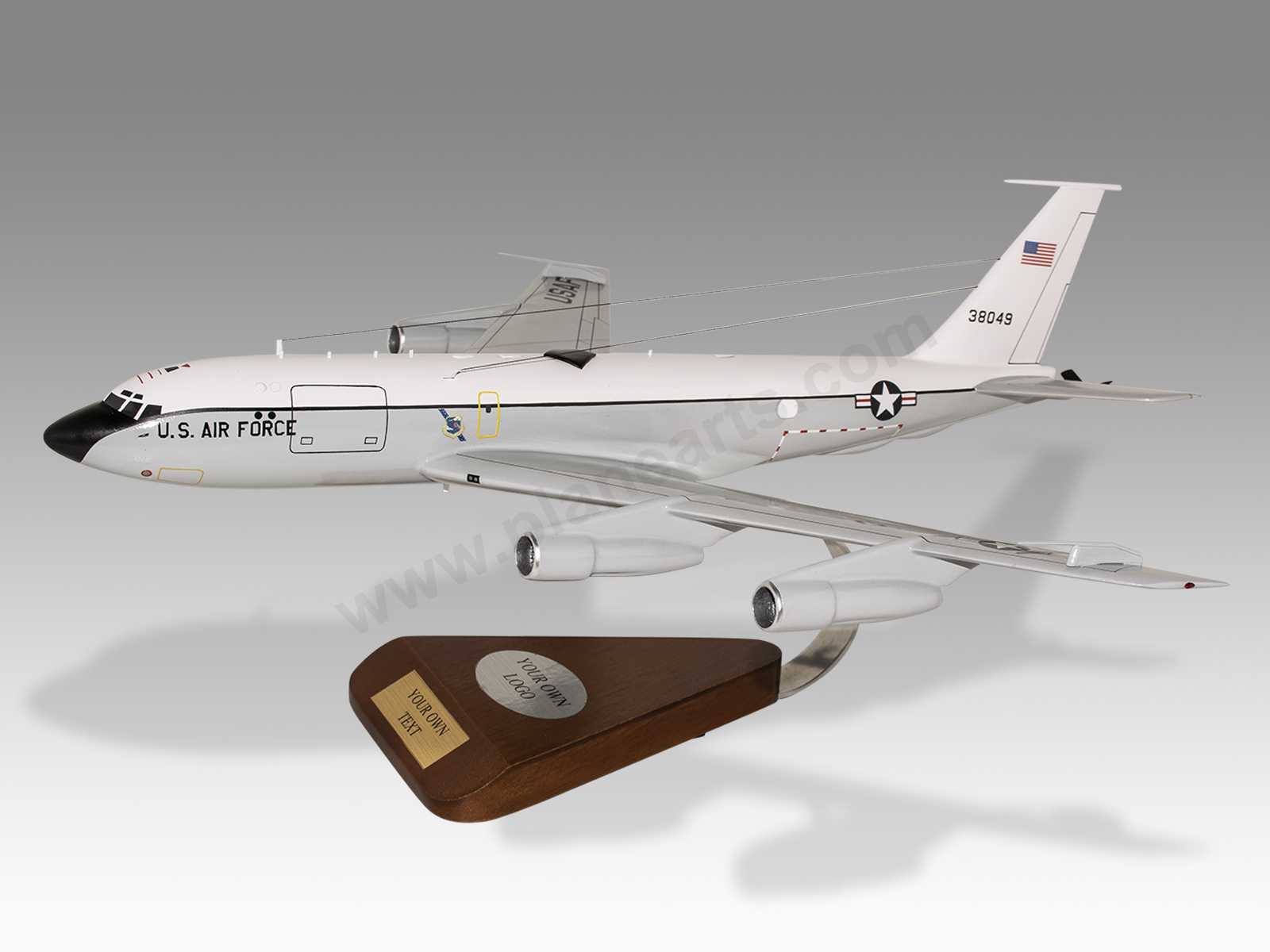
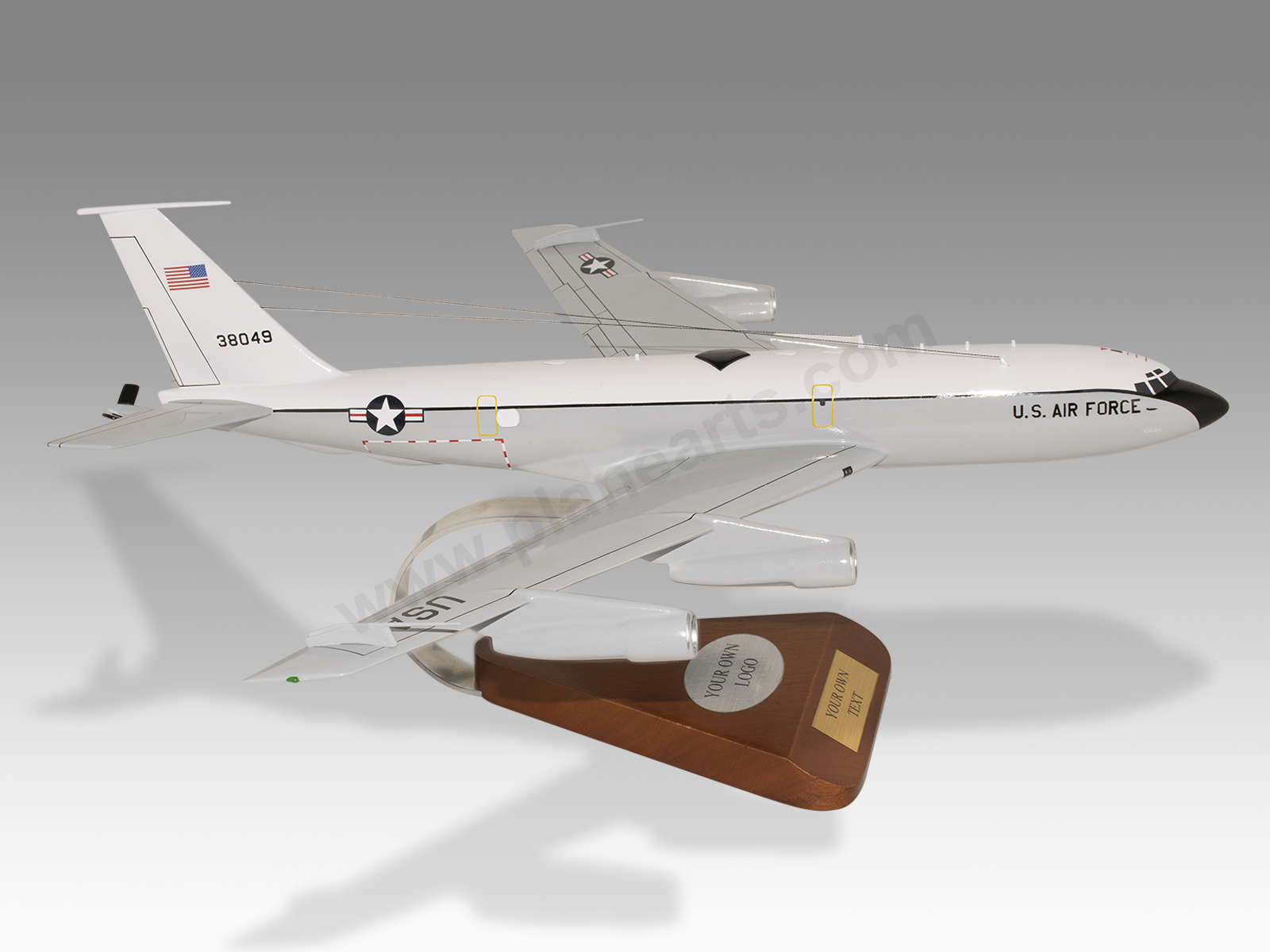
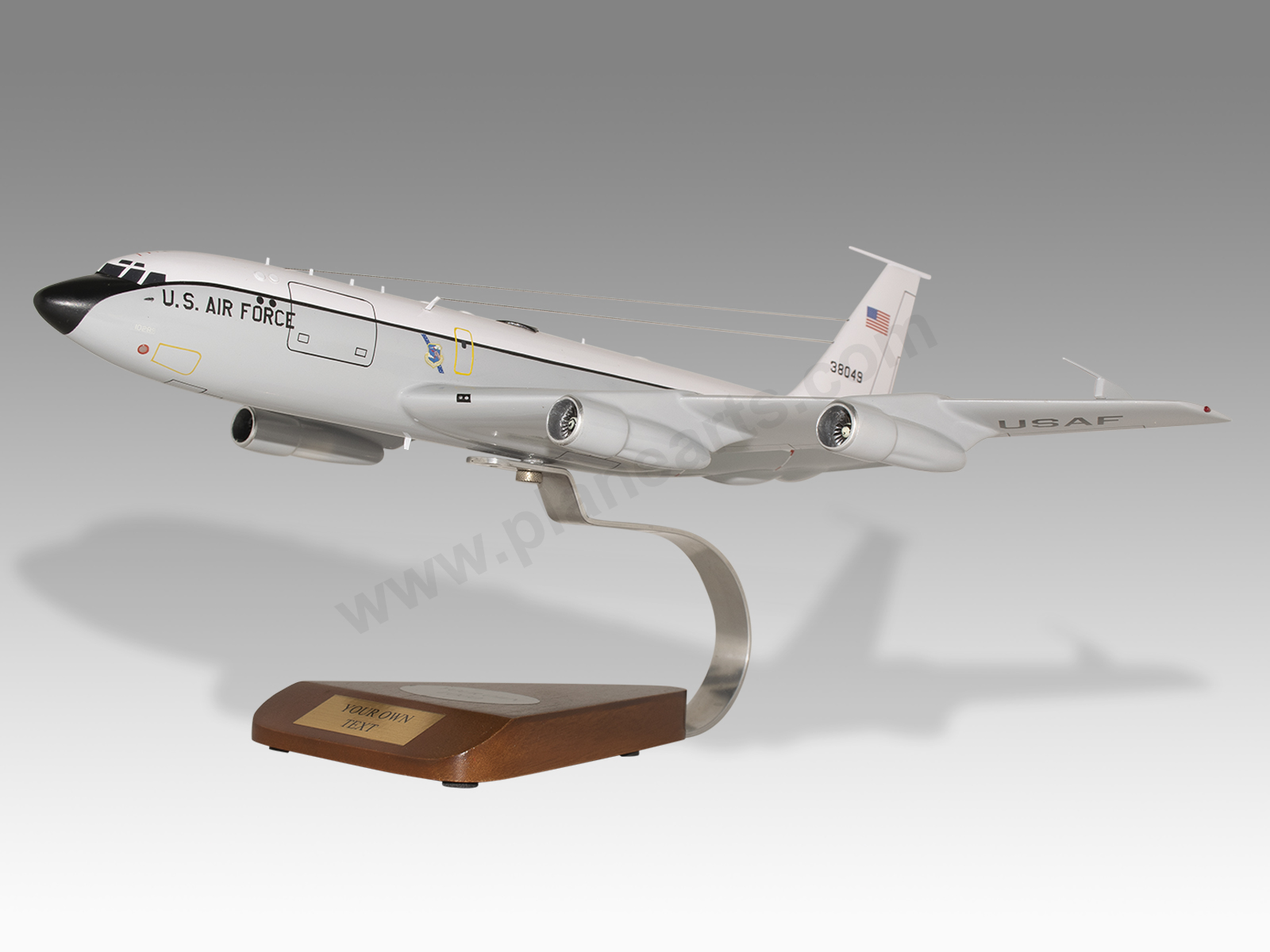
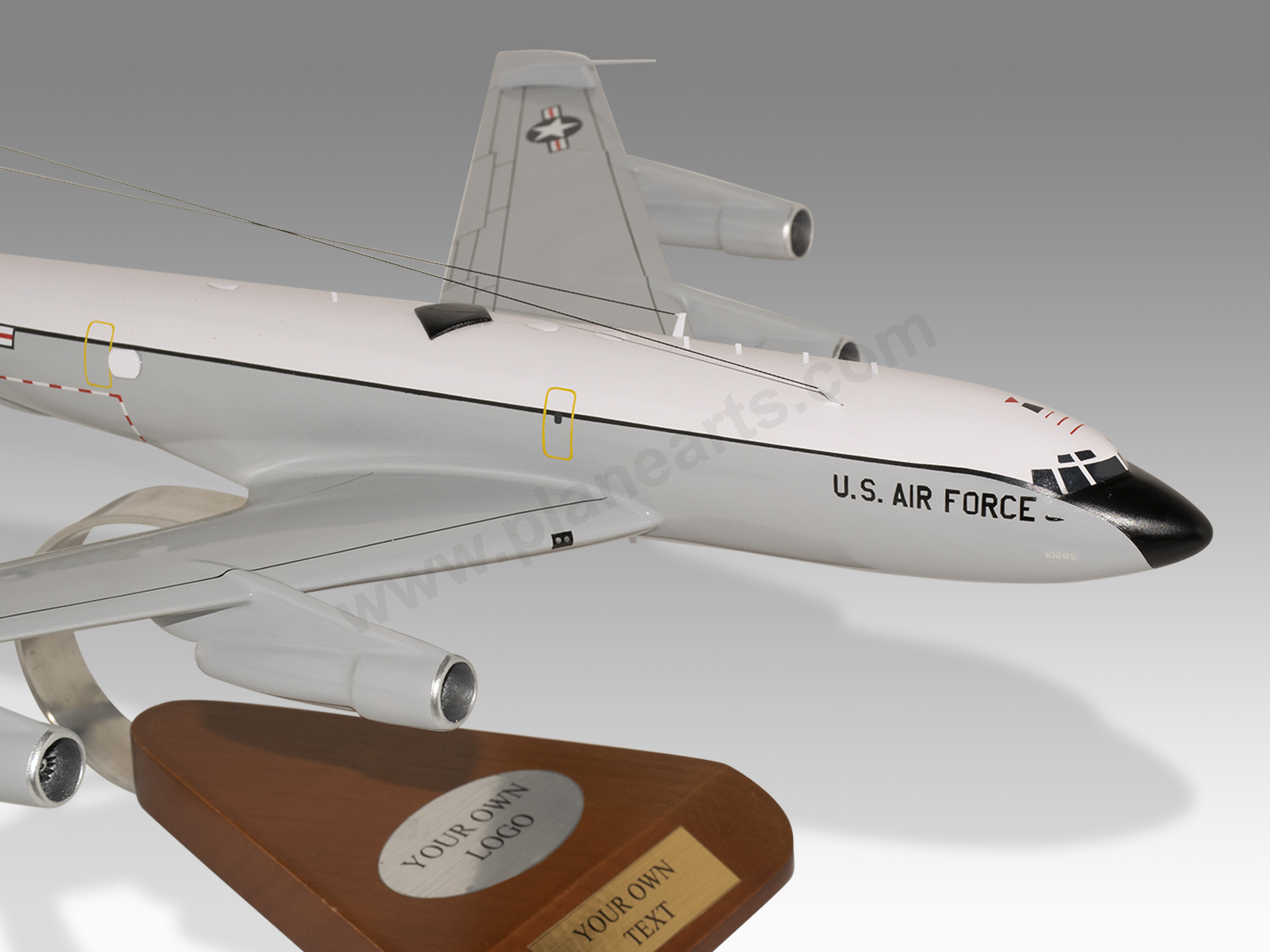
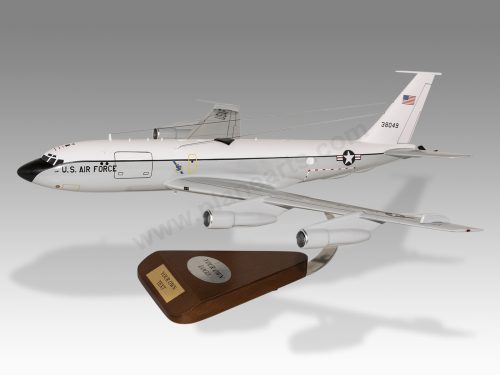
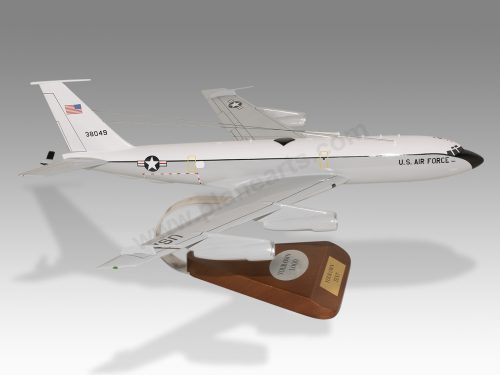
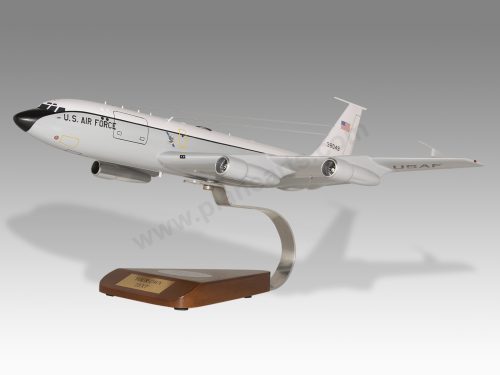
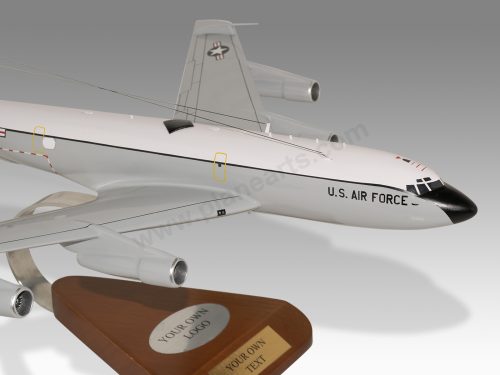
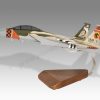
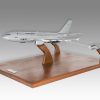

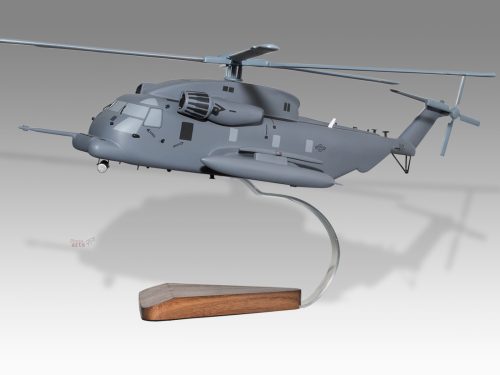

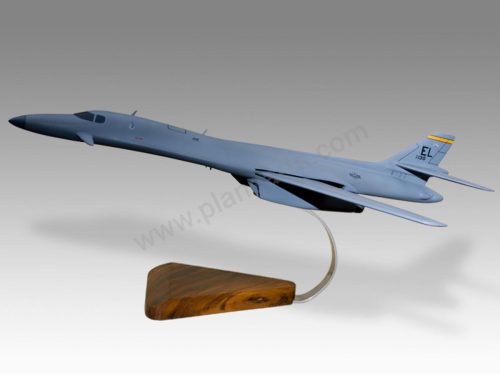
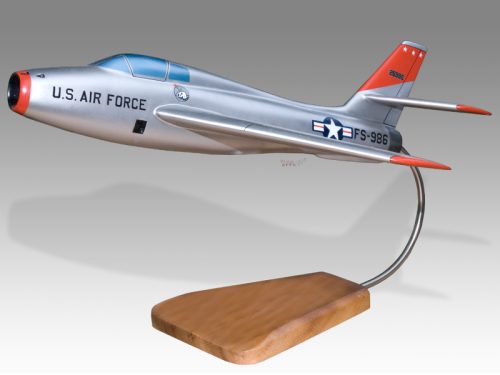
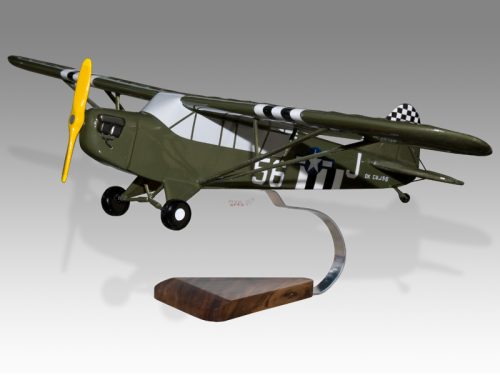

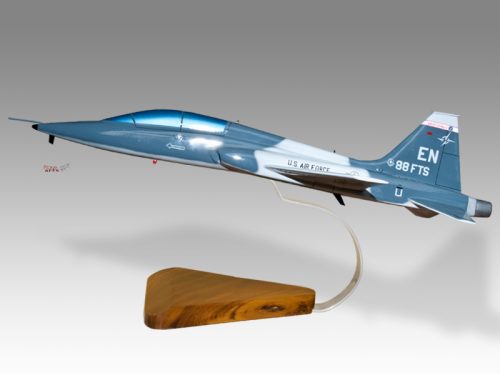
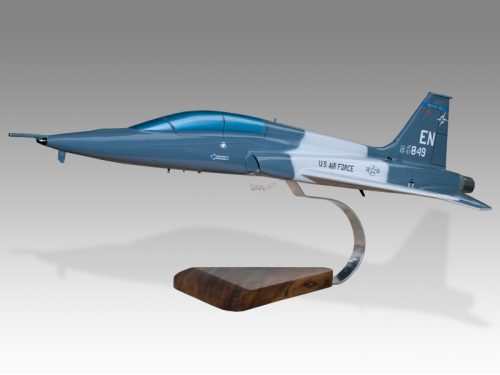
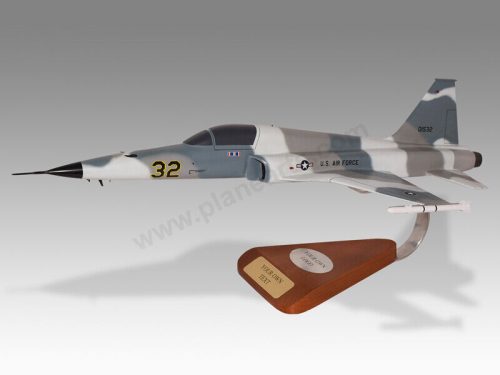
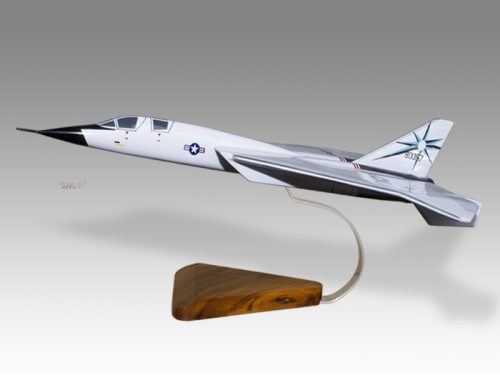
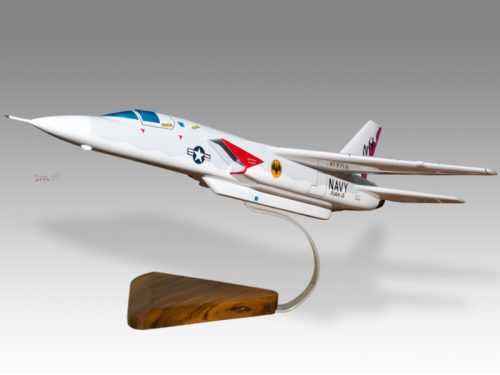
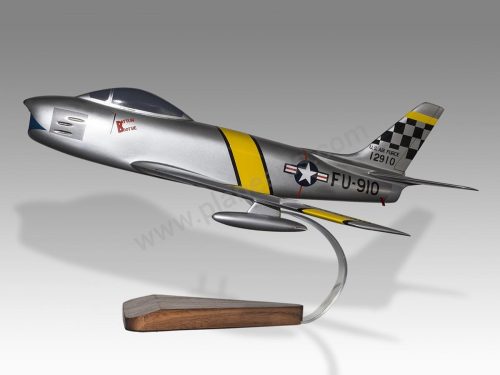

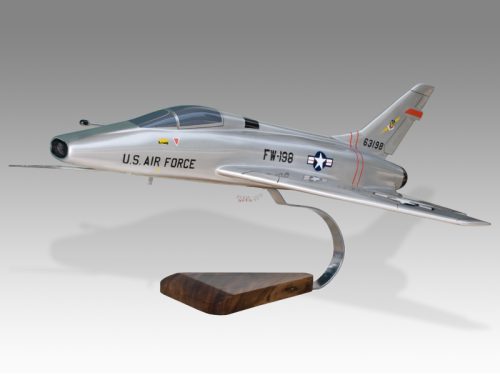
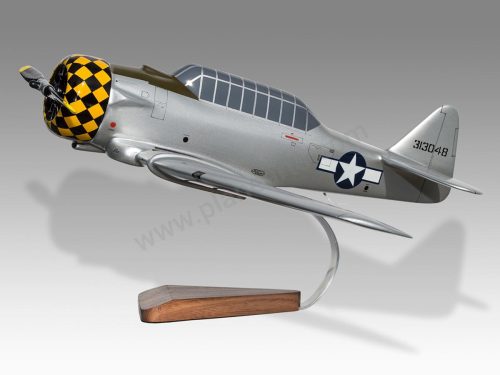


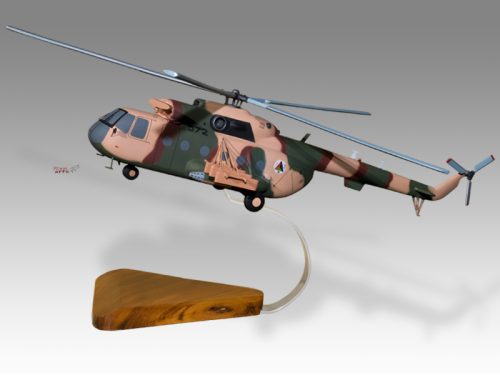
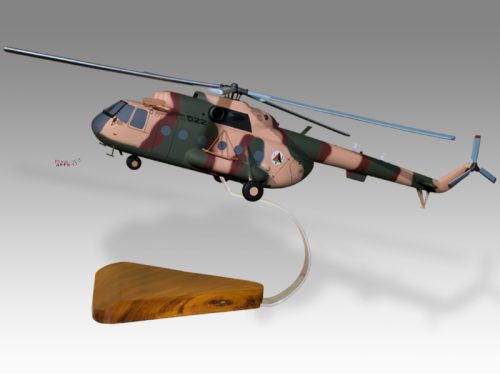

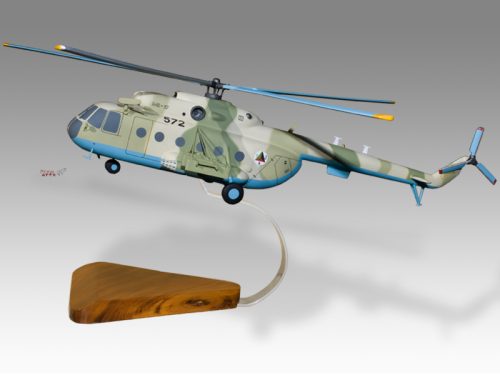
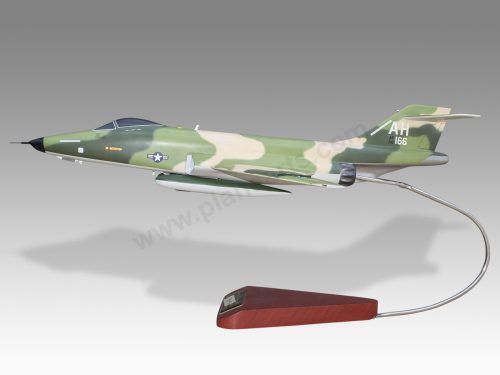

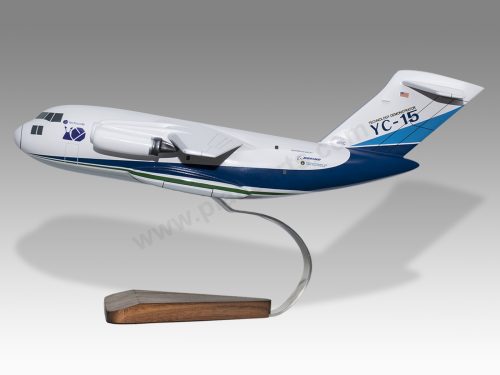

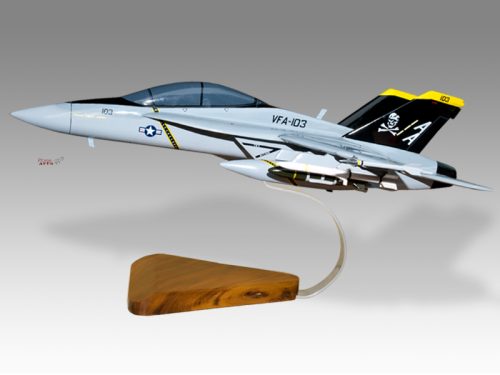


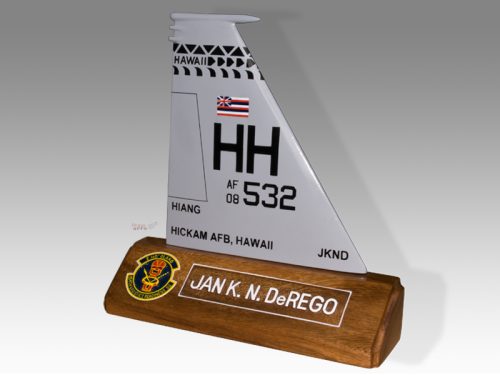
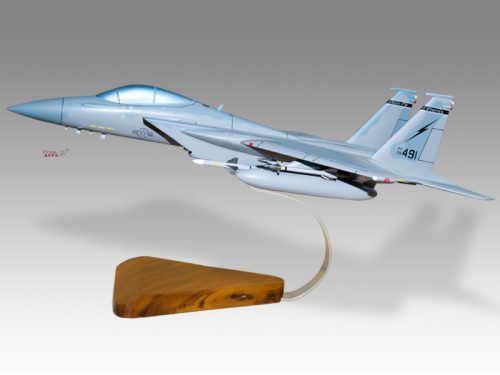

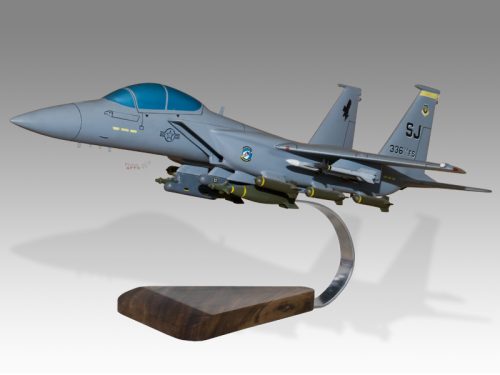
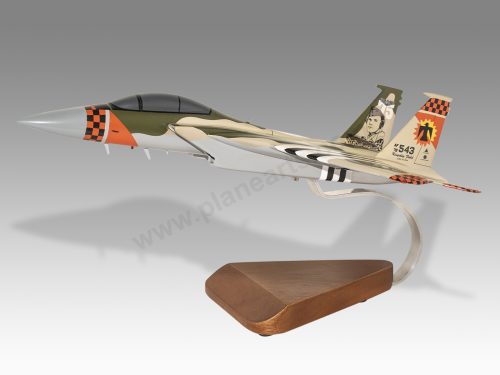

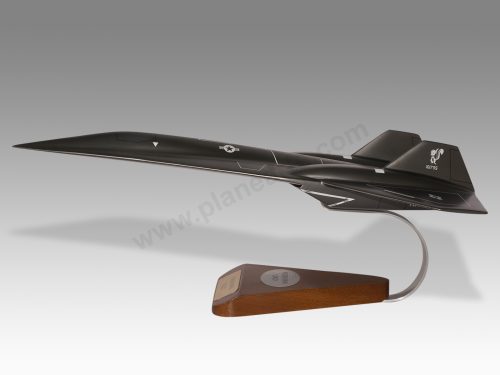
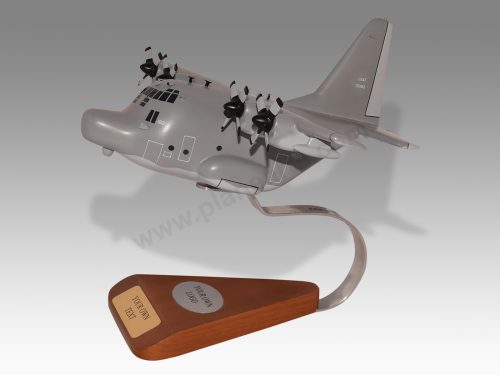
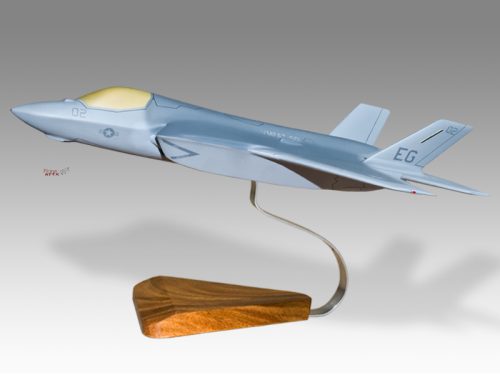
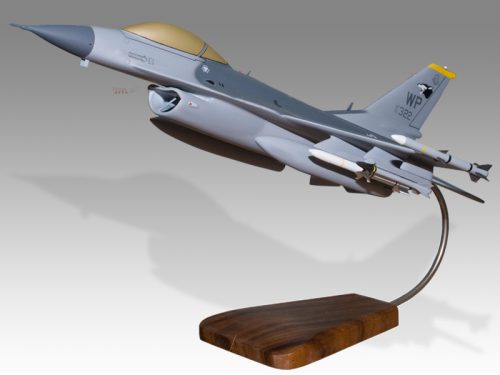
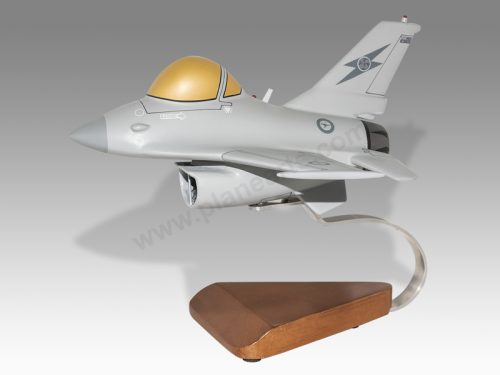
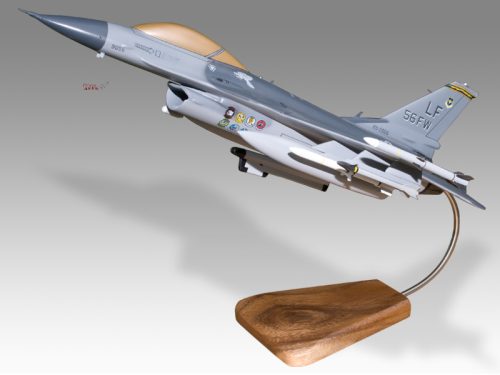
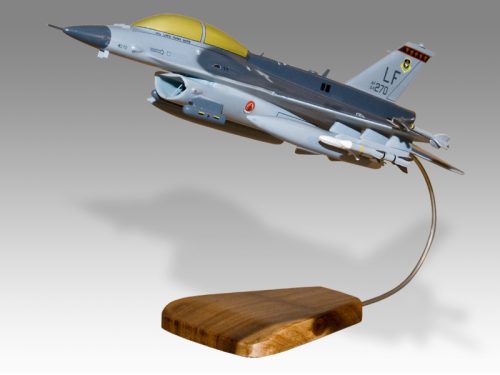

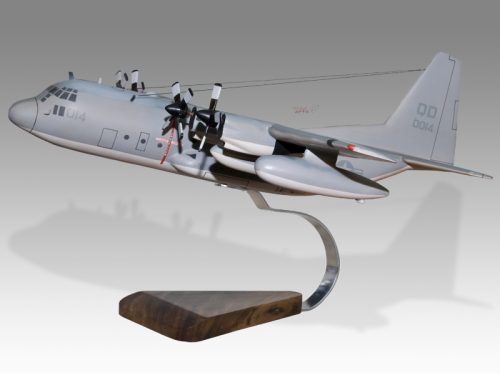
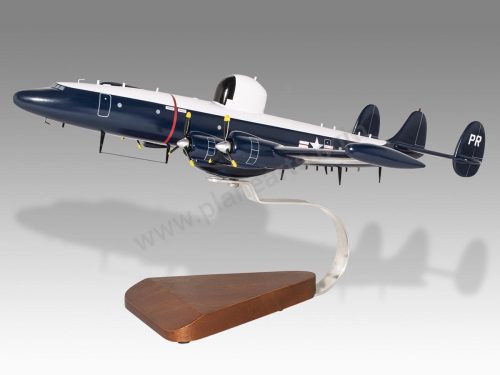

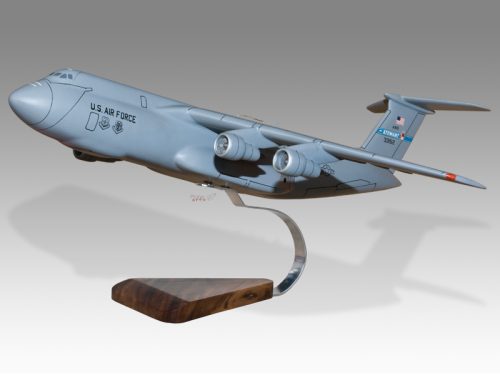
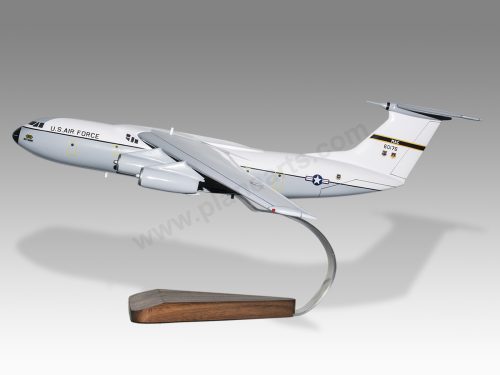
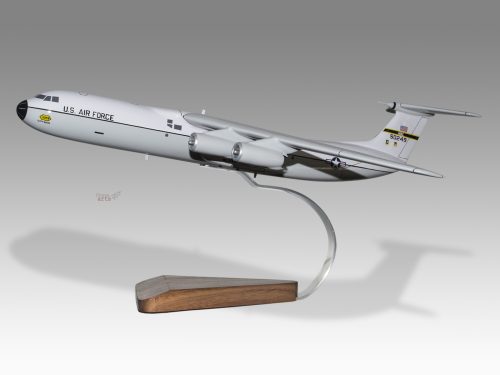
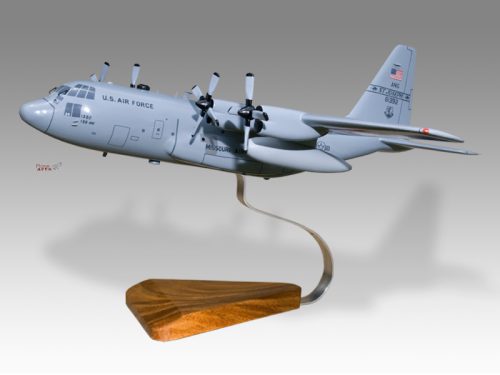
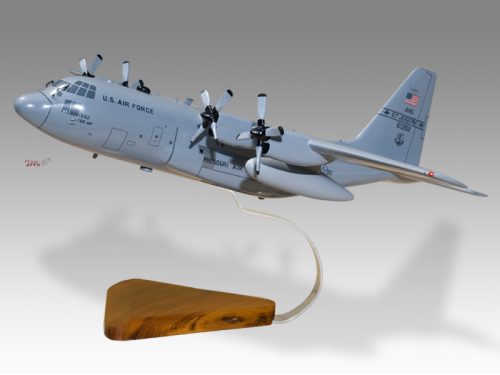
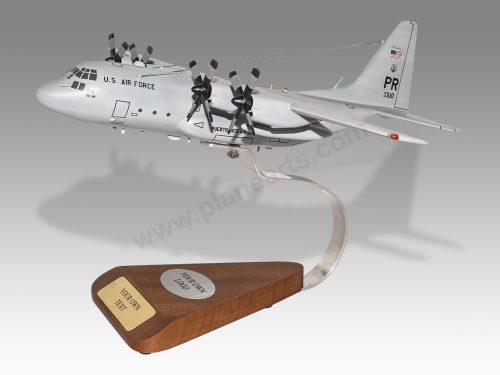
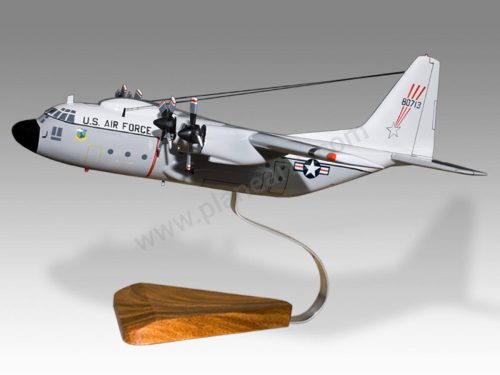
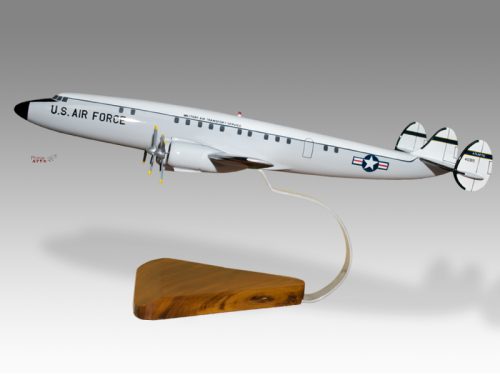
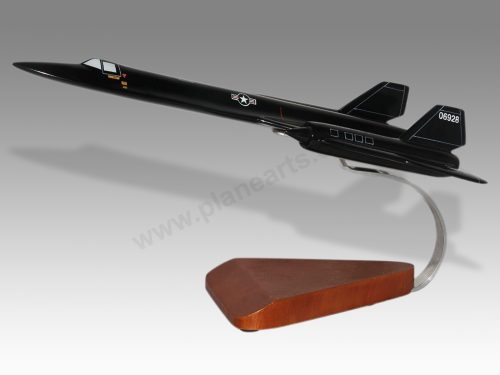



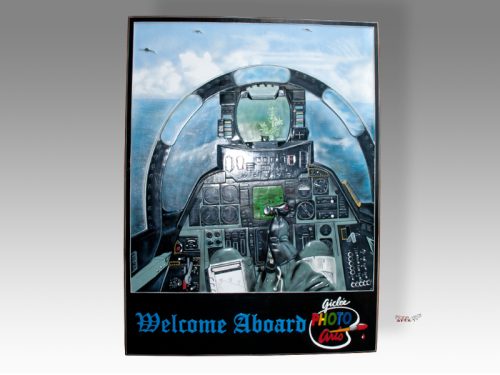
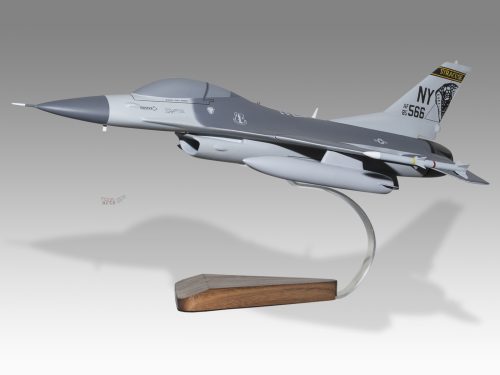

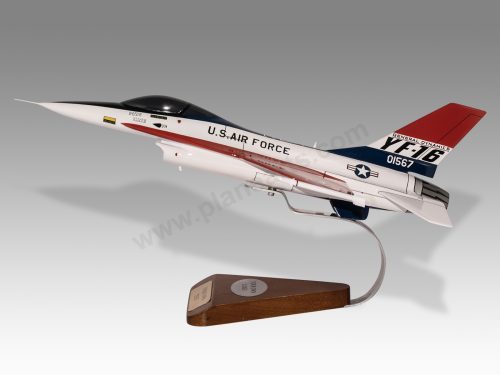

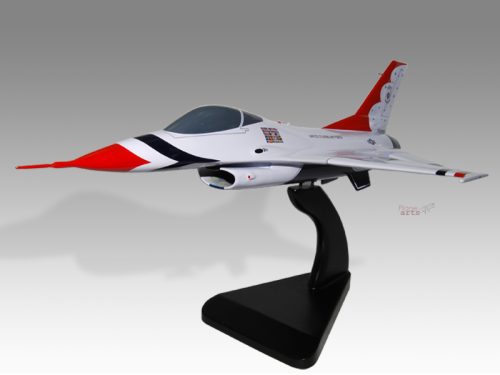


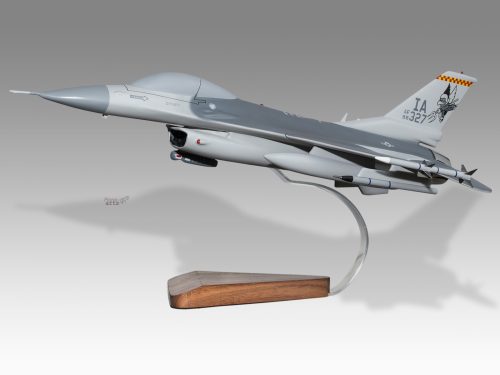
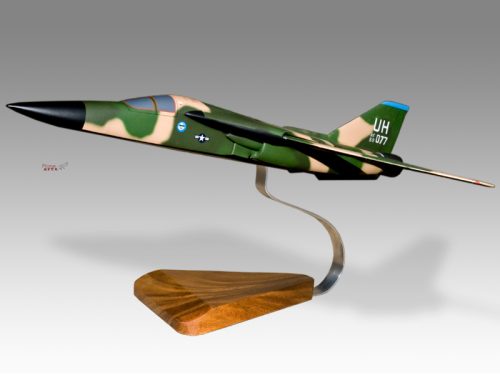
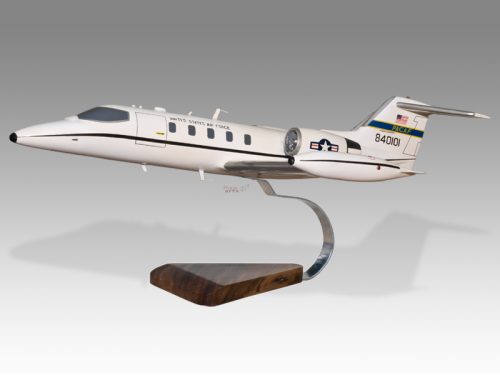
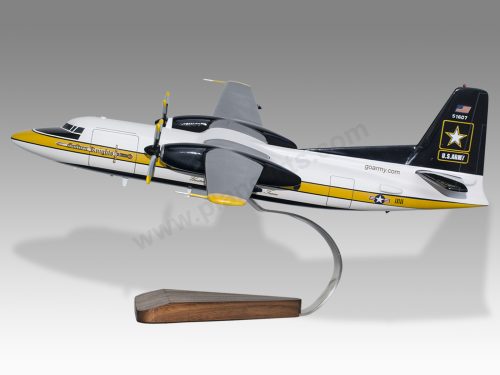

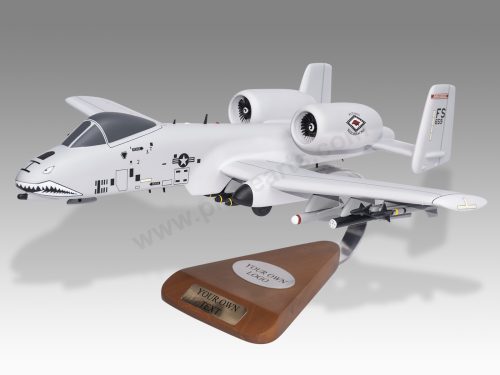
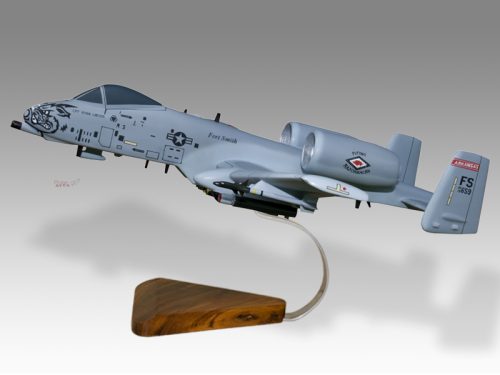

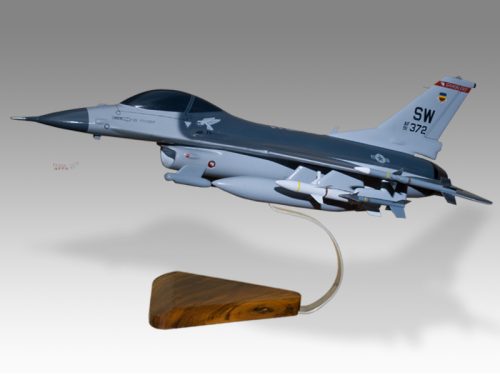
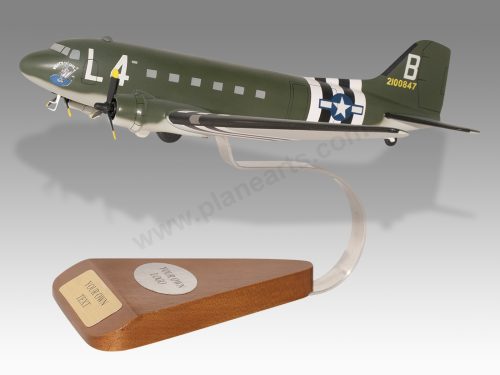

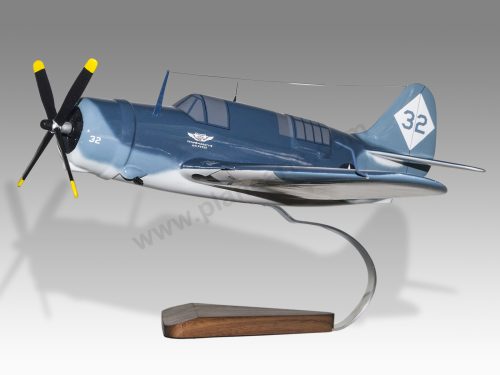










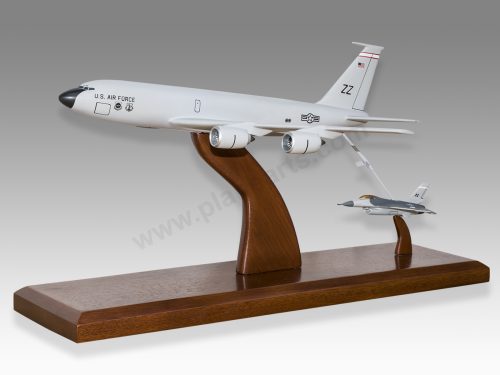
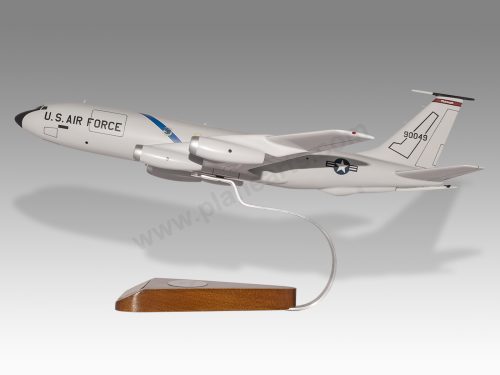

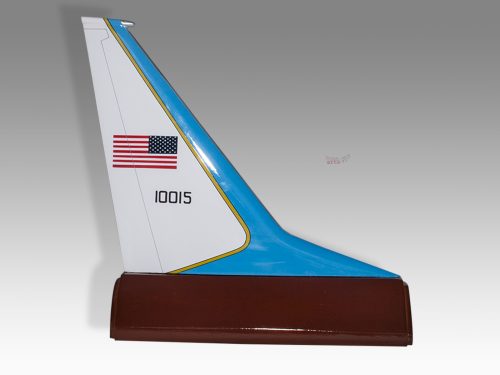
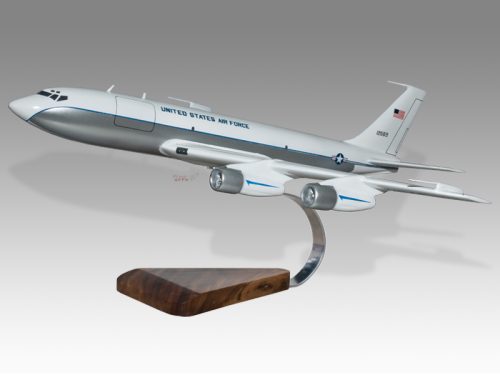
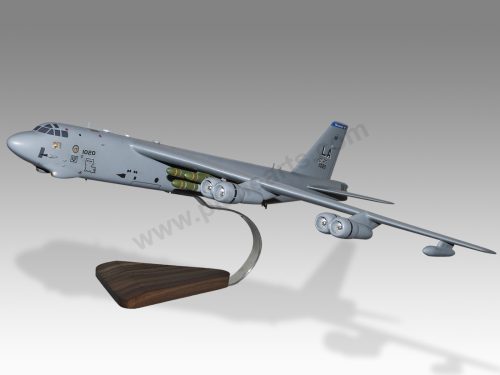

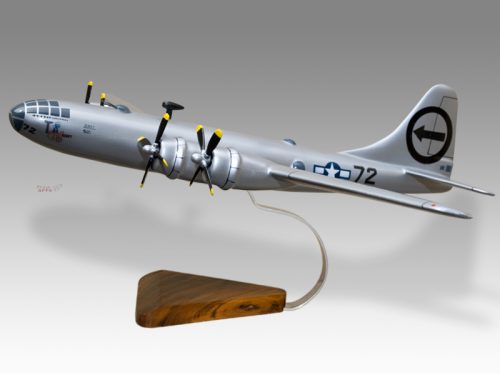
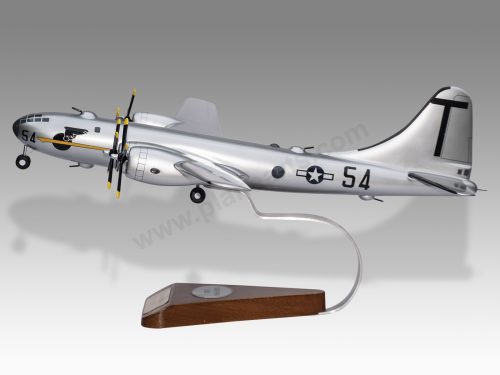
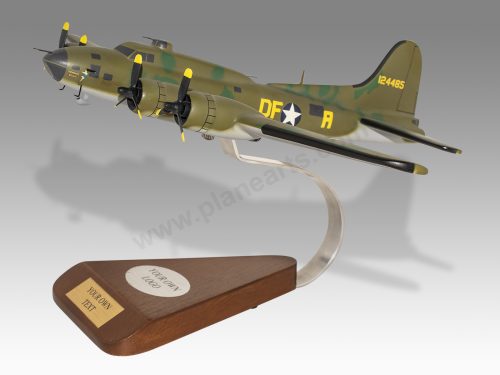
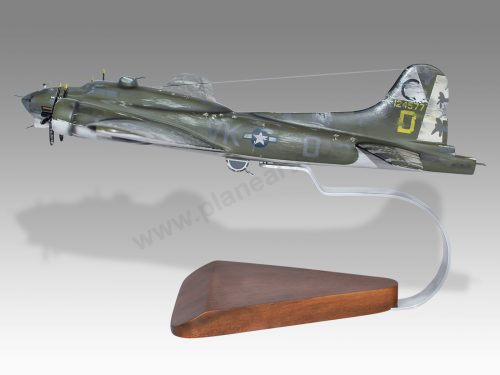

Reviews
There are no reviews yet.